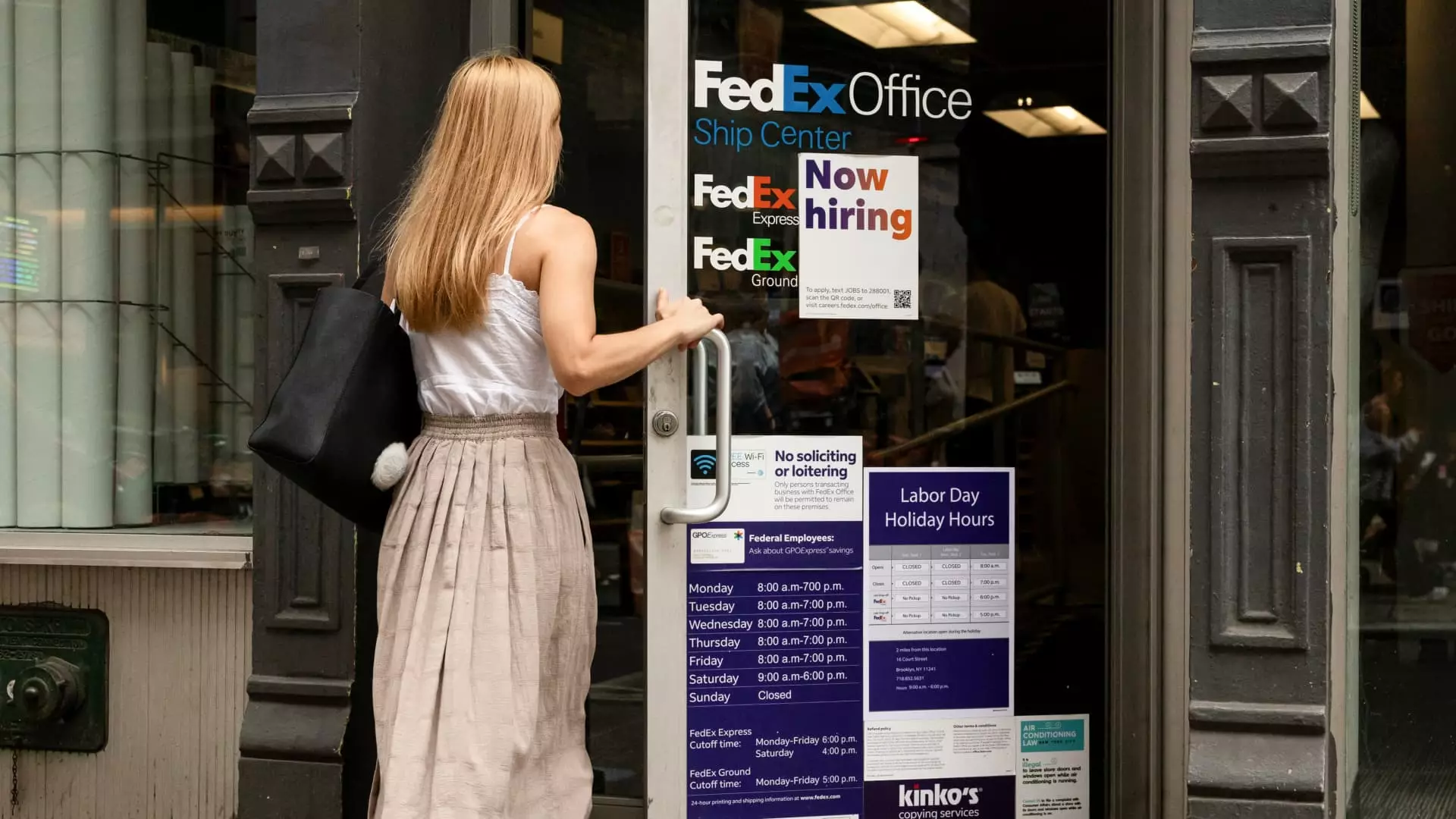Private sector payrolls experienced a significant slowdown in August, with companies adding just 99,000 workers for the month. This marks the weakest pace of job growth in more than three-and-a-half years, indicating a clear deterioration in the labor market. The downward trend in hiring has been evident following the outsized growth seen in the aftermath of the Covid outbreak in early 2020.
While overall job growth has slowed considerably, certain sectors fared better than others. Professional and business services saw a decline of 16,000 jobs, while manufacturing and information services also reported losses of 8,000 and 4,000 respectively. On the positive side, education and health services added 29,000 jobs, construction saw an increase of 27,000, and other services contributed 20,000 to the overall job market. Financial activities and trade, transportation, and utilities also posted gains of 18,000 and 14,000 jobs respectively.
The data also revealed that companies with fewer than 50 workers reported a loss of 9,000 jobs, while those with between 50 and 499 employees saw an increase of 68,000 jobs. This disparity in job growth based on the size of the company highlights the varying impacts of the deteriorating labor market on different segments of the economy.
Despite the slowing job growth, wages continued to rise in August. Annual pay increased by 4.8% for individuals who remained in their jobs, maintaining a similar level to the previous month. While wage growth remains positive, the pace has shown signs of easing compared to earlier gains, reflecting the broader challenges faced by the labor market.
Implications for the Federal Reserve
The weakening jobs picture is expected to push the Federal Reserve into action, with markets anticipating a lowering of interest rates during the upcoming meeting on September 17-18. The current consensus forecast suggests a potential cut of at least a quarter percentage point at this month’s meeting, with further reductions expected by the end of 2024. The Federal Reserve’s response to the deteriorating labor market will be closely watched, as it seeks to navigate the challenges presented by the ongoing economic uncertainties.
The latest data on private sector payrolls in August paints a concerning picture of the labor market. The significant slowdown in job growth, coupled with sectoral variations and wage trends, highlight the challenges faced by both employers and employees alike. The implications for the broader economy, particularly in relation to Federal Reserve policy, underscore the importance of closely monitoring the evolving labor market dynamics to ensure a sustainable and inclusive recovery.

Leave a Reply